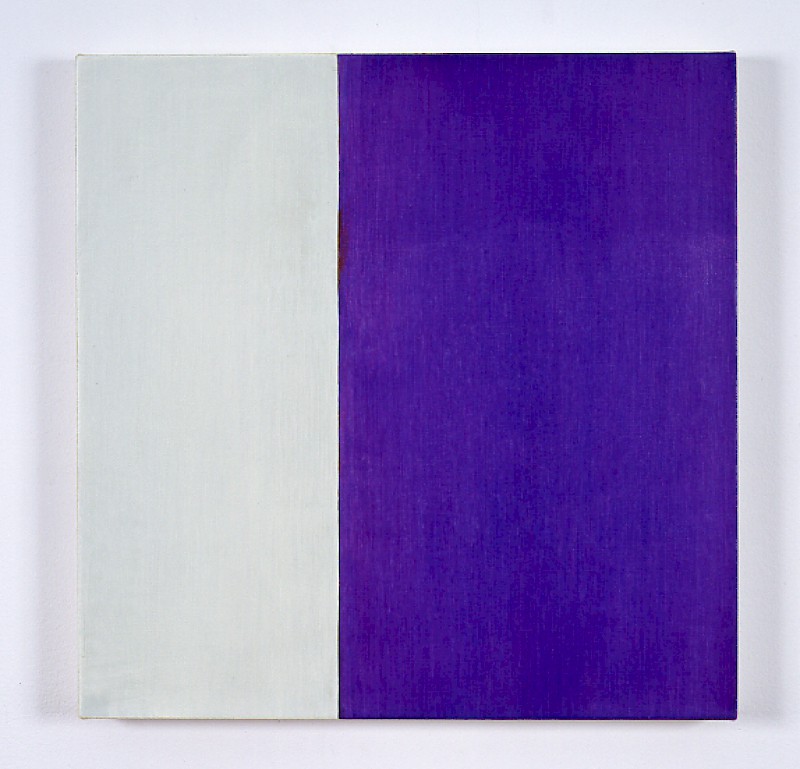Geb. 1929 in Pomona, Kalifornien, lebt und arbeitet in New York und Laguna Beach.
Die Mitbegründerin des Radical Painting - nicht nur Bezeichnung dieser Bewegung, sondern auch 1984 Titel der Ausstellung im Museum of Art, Williamstown/Massachusetts - gehört neben Umberg und Marioni zu den wohl herausragenden Vertretern dieser selbstreferentiellen Malerei. Durch die Mittel, also die Materialien, die Farben, die Vorgehensweisen ihrer Bildwerdung, die Marcia Hafif alle zur Disposition stellt, und die in Reihen von primär einfarbigen, nicht zu sagen monochromen Bildtafeln gewichtet werden, ergeben sich in ihrem Oeuvre ganze Reihen, die sie nüchtern als Inventory bezeichnet. Dieses Inventoryist 2006 um eine neue Gruppe von Arbeiten reicher geworden. Die TGGT-Serie setzt sich mit Asymmetrie auseinander, einem Konzept, das bis jetzt, wie die Künstlerin schreibt, völlig irrelevant in der monochrome Malerei war.
Arbeiten aus dieser Serie werden zum ersten Mal in Österreich präsentiert.
Marcia Hafif: On TGGT (2006)
Tomatoes, Grapes and Green Tea
I began to associate colors last year putting red tomatoes in the purple bowl and photographing the green teapot together with the flesh-colored squat tea bowl with a dimple on one side as a thumb hold. Now I drink green tea from that squat bowl poured from a very dark brown pot where it steeped today.
The succulents in the kitchen garden provide unusual colors in my flower-less (garden) landscape: blue-green, magenta, creamy yellow, dusty green, sharp green. Red berries fall from the cotoneaster. I cut a spray of them for the gray vase on the table near the fireplace.
Formally - in regard to the new paintings - I am interested in working with asymmetry, a concept that was irrelevant in monochrome painting since that is by default symmetric and one I had not used even before the monochrome project with paintings in the sixties.
Since the sixties I have avoided measuring, drawing on the surface of a painting, using masking tape, and I have let the monochrome be one single, symmetric element, undivided, that relates equally to all that is around it and in all directions.
Monochrome as a drawing device relates to the wall and to the architecture of the space in which it is seen. The new paintings do the same but in a 'slipped' way. The vertical line that separates the two (unequal) colors echoes the vertical of the entry, the door, the corner of the room, the window, the building next door. Or of the painting(s) hung on a continuous plane not far away.
